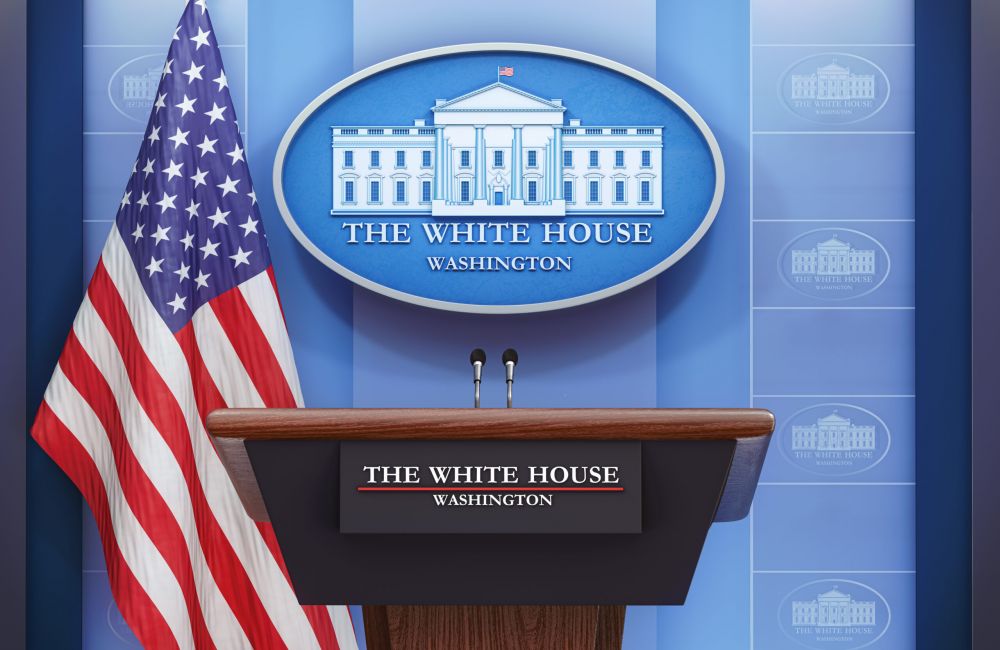On Wednesday, April 23, 2025, President Trump issued an Executive Order (EO) entitled Restoring Equality of Opportunity and Meritocracy, which set out as the Administration’s policy a goal:
to eliminate the use of disparate-impact liability in all contexts to the maximum degree possible to avoid violating the Constitution, Federal civil rights laws, and basic American ideals
Although much press has been focused on the President’s many EOs in the last few months, little has been said about their fundamental legal effect. In the United States, Congress makes the laws, and the President enforces them. All the same, a President has the right to direct the agencies of the Executive Branch about how to enforce – or not – the laws.
Executive Orders
Think of executive order this way. An EO is like the CEO of a company giving a top-down directive to departments to take specific actions without needing approval from the board of directors. The President, as the CEO of the federal government, uses EOs to quickly set policy or manage how laws are carried out. They’re legally binding for government agencies, but they can’t create new laws—that’s Congress’s job.
So what happens if an executive order goes against a law that Congress already passed? In that case, it’s not legally valid and can be challenged – and struck down – by the courts. The President can’t override or rewrite existing law through an EO. Although it can seem frustrating, that’s the unique tension of having co-equal branches of government.
The Disparate Impact Theory
As human resources professionals and lawyers who practice employment law, we know that the legal concept of disparate impact has long been used in discrimination cases.
In a nutshell, the disparate impact theory is used by employment-discrimination claimants to demonstrate entitlement to damages even if there’s no evidence of discriminatory intent. For the past 50+ years, since the seminal U.S. Supreme Court case entitled Griggs v. Duke Power, a claimant is entitled to show her employer violated Title VII (or the ADEA, for example) if its policies or practices disproportionately harm a protected group and aren’t job-related or necessary for business.
How do you know if there’s a whiff of disparate impact? Well, think about whether a policy or practice at your company might affect members of a protected class – but do so unintentionally.
Here’s an example: say that you have a no-sitting-during-your-shift policy and it’s a hard-and-fast rule. You certainly have never said that you don’t or won’t hire people with disabilities. As a result, then, the no-sitting policy isn’t necessarily discriminatory on its face the way a “we don’t hire disabled people” policy would be. Nevertheless, the no-sitting policy could very likely impact people with disabilities who may need a short sitting break from time to time. Under this scenario, a claimant with a disability could argue that the policy is discriminatory against disabled individuals.
The Likely Impact of This Executive Order
This EO says that a disparate impact analysis shouldn’t be used anymore.
So what now?
We know Executive Branch federal agencies are bound to follow EOs. So an agency like the EEOC (the Equal Employment Opportunity Commission), which is charged with investigating employment discrimination, likely won’t use a disparate impact analysis when investigating charges. The EEOC also may no longer pursue cases against employers when they lack evidence of discriminatory intent. Since the EO is so new, it will take some time to shake out, so this is simply our preliminary assessment.
Where an EO is contrary to existing statutes – that is, the laws passed by Congress and previously signed by a President – then a court likely won’t uphold the EO if it’s challenged.
Remember, too, that New York employers are bound by the New York Human Rights Law in addition to Title VII, so the legal analysis around claims of discrimination will remain virtually the same. This means that New York employers or companies with New York-based employees should remain vigilant about disparate impact. This is especially true given that many New York-centric claims are raised at the New York Division of Human Rights.
So businesses and their management teams need to remain on alert for any conduct, policies, or processes that – even if not discriminatory on their face – could create the foundation for a disparate impact discrimination claim by a disgruntled employee.
If you have questions about this legal concept, or any others, feel free to reach out at 716.839.9700 or info@coppolalegal.com. We’re here to help.

